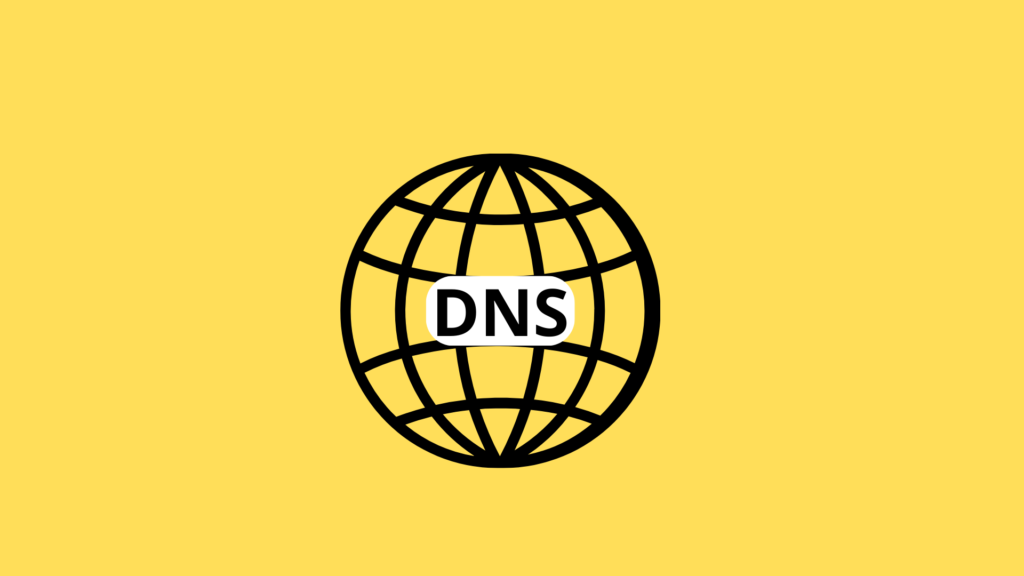Domain Name System hijacking (DNS hijacking) is like the elusive chameleon of cyber threats, stealthily redirecting you to unexpected online destinations. It’s the virtual ninja that can steal your data, bombard you with unwanted ads, or even enforce internet censorship, all without you realizing it. Today, we’re ditching the technical jargon and diving into the rabbit hole of DNS hijacking. So, grab your cyber snorkel, and let’s explore!

What is DNS?
The Domain Name System (DNS) plays the role of the internet’s postal service, converting user-friendly domain names into the numeric language that machines understand. Imagine it as your personal GPS, guiding your browser to the correct online destination. However, instead of GPS coordinates, it reveals the IP address of the website you want to visit.
How DNS Hijacking Works
Picture this: you’re sending a letter, and an imposter intercepts it, redirecting you to a completely different address. That’s essentially how DNS hijacking operates. When your computer seeks a website, it doesn’t verify the authenticity of the DNS server’s response, leaving room for attackers to impersonate and provide deceptive information.
Why Are DNSs Hijacked?
Because DNS is the lifeblood of the internet, it’s a juicy target. Attackers may hijack DNS to display ads and rake in revenue, swindle your personal information through phishing, or governments might use it for online censorship.
Common Types of DNS Hijacking Attacks
Local DNS Hijack
Attackers sneakily install malware on your computer, altering your DNS settings and guiding you towards malicious websites.
Router DNS Hijack
By exploiting software vulnerabilities or default login credentials, attackers can manipulate your router’s DNS settings, redirecting you to harmful destinations.
Man-in-the-Middle DNS Attacks
Imagine someone intercepting your conversation and redirecting you to a completely different dialogue. That’s a man-in-the-middle DNS attack.
Rogue DNS Server Attacks
When hackers infiltrate a DNS server and tamper with its records, your innocent DNS requests end up leading you to malicious sites.
How to Detect DNS Hijacking
Worried your DNS might be compromised? Check for slow website loading or strange pop-ups. Better yet, run a simple ping command or use online tools like WhoIsMyDNS to verify the integrity of your DNS.
Ways to Prevent DNS Hijacking
Protecting yourself is crucial. Change default router credentials, install antivirus software, and, for an extra layer of security, consider using a VPN like ForestVPN.
Real-World Examples of DNS Hijacking
From the Sea Turtle campaign to the Twitter, New York Times & Huffington Post DNS hijack, the digital world has witnessed its share of DNS shenanigans.
Dnsresolve proxy pac
Dnsresolve proxy pac is a mechanism that resolves domain names in proxy auto-config (PAC) files. It’s essential for smooth proxy operations. For a secure and reliable DNS resolution in PAC files, consider using ForestVPN. Our robust VPN service ensures encrypted and protected online navigation. Learn more at ForestVPN.


